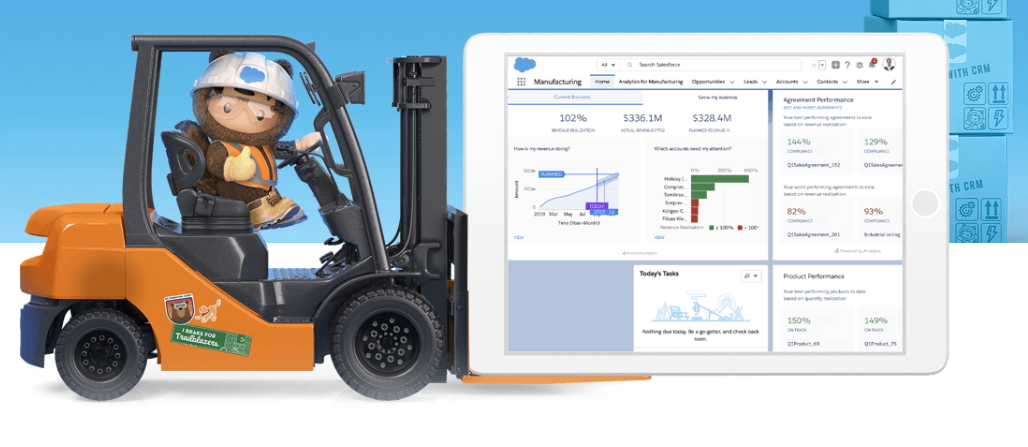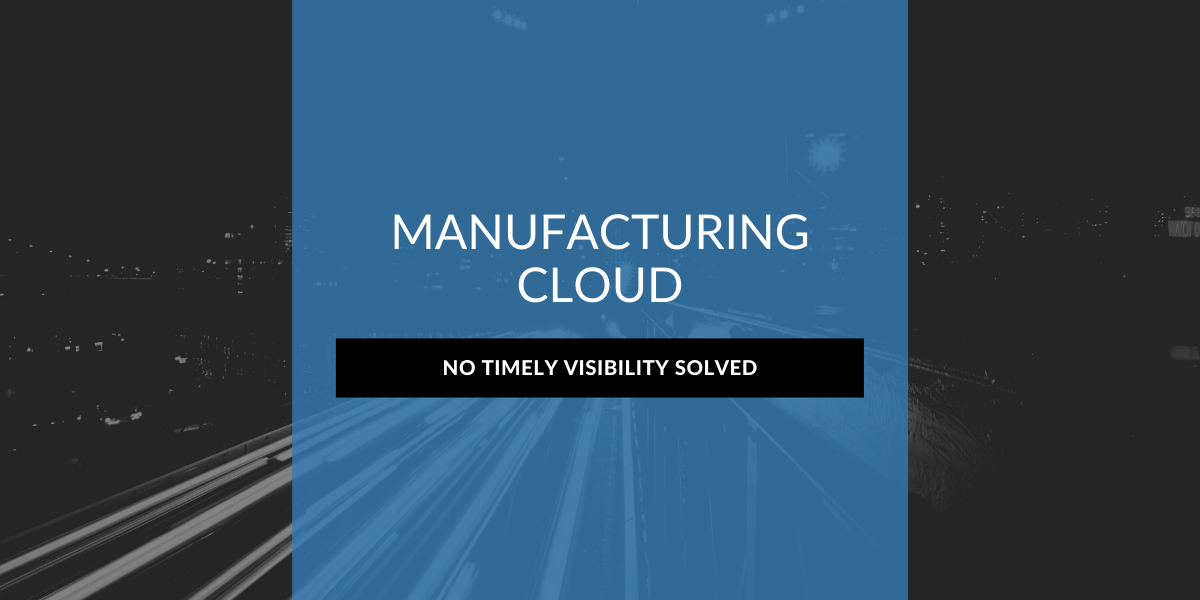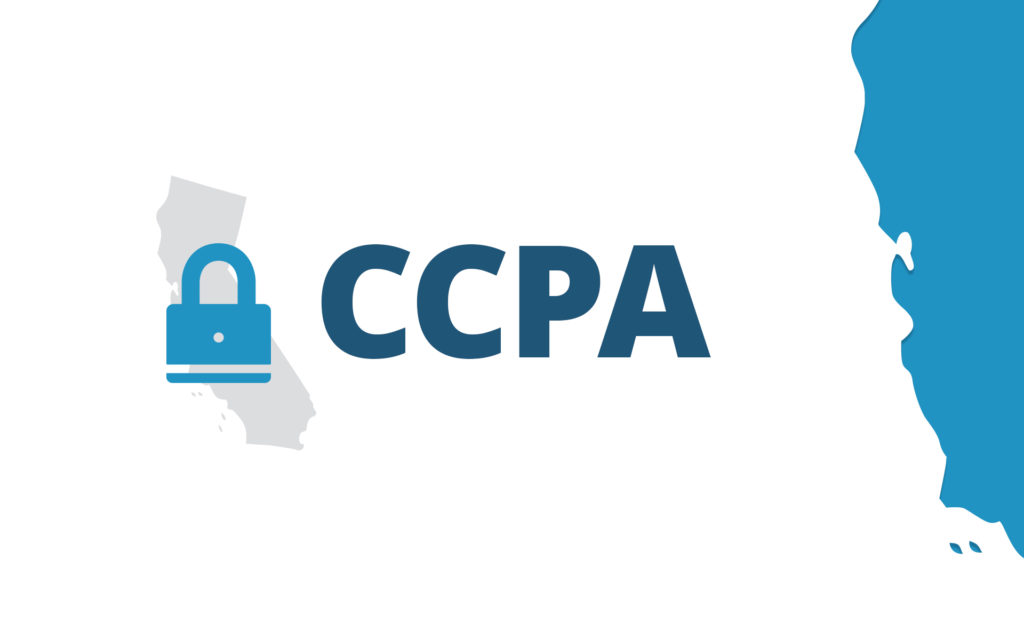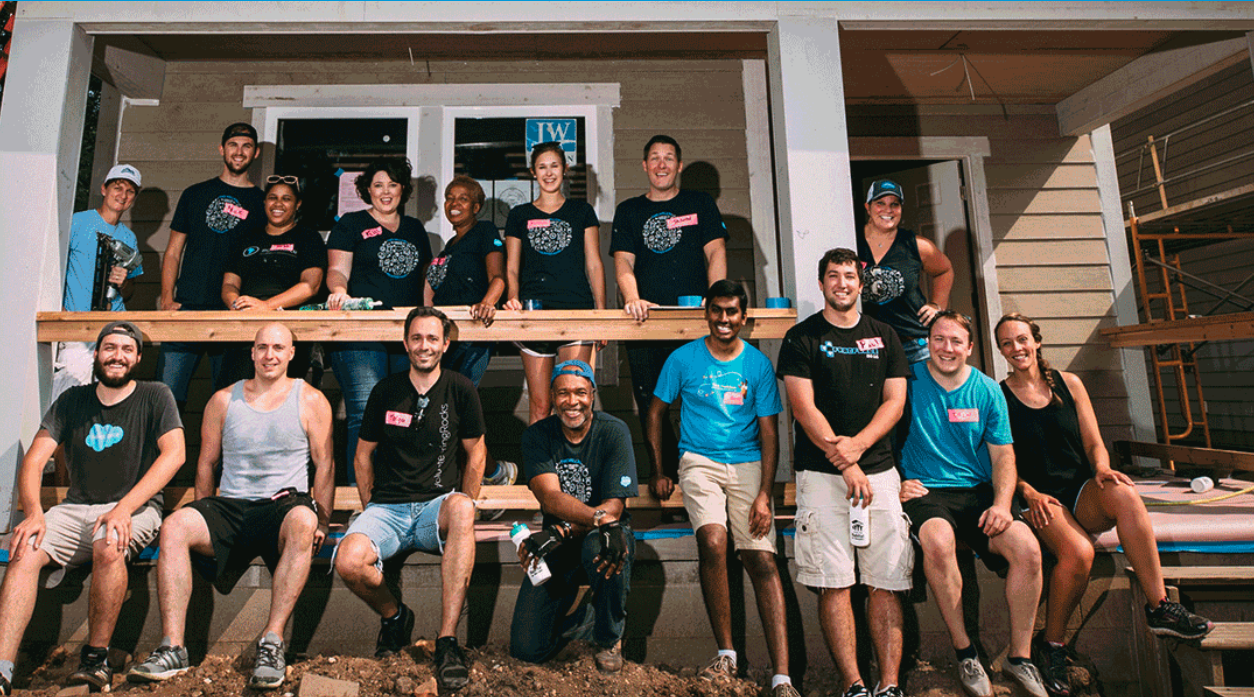Going through every note of the Salesforce Summer ’20 Release Notes can be tedious. We’ve highlighted the most popular features circulating around the Salesforce community with a description of each new release. It’s important to note that most of these newly released features are only available in Salesforce Lightning and not Classic.
Sales Cloud
-
- Kanban View Enhancements:
- Enable sales reps to update key opportunity fields from the kanban view quickly. Add a little fun to your sales journey by celebrating closed-won deals with new celebration moments in the kanban. Click the link below to watch to see the Kanban View enhancements in action!
- Kanban View Enhancements:
-
- High-Velocity Sales: Einstein Call Coaching
- Sales teams can now optimize interactions with customers with conversational intelligence. Post-call insights give managers intelligent trend analysis ensuring teams can build and refine sales strategies based on conversation trends.
- High-Velocity Sales: Einstein Call Coaching
-
- High-Velocity Sales: My Feed Alerts
- Sales reps can respond to their prospects’ engagement in real-time to maximize outreach while the lead is hot. For example, sales reps can tailor email arrival times to increase the likelihood that recipients read them. If a sales rep knows that their contact always reads their email when they come back from lunch, you can schedule the email to arrive at 1:00 pm. The new Scheduled Emails component lets reps update the content of a scheduled email and change its scheduled date and time.
- High-Velocity Sales: My Feed Alerts
Service Cloud
-
- Service Cloud Voice
- “Natively integrate the telephony channel within Service Cloud. Voice calls can now be part of the dynamic workspace, alongside digital channels. Agents use an omnichannel module to accept an interaction. With real-time call transcripts, connect workflows and next best actions to voice conversations. Deeper integration drives agent efficiency, customer satisfaction, and supervisor insights” (Salesforce).
- Service Cloud Voice
-
- Einstein Reply Recommendations
- Give your agents the power of AI that automatically suggests recommendations to customer requests. Einstein is continually learning about your customers, giving you suggested replies based on a list of approved responses.
- Einstein Reply Recommendations
-
- Field Service Lightning: Deep Link Actions
- Mobile workers can now use the Field Service Mobile app through deep linking. “With deep linking, you can specify URL schemes for other apps and send users to external content inside the Mobile Publisher app” (Trailblazer Community). Deliver better experiences for your mobile team by adding deep links to specific actions and flows to reduce the number of taps it takes to trigger an action or flow.
- Field Service Lightning: Deep Link Actions
Marketing
-
- Content Builder – Interactive Email
- Marketers can now evolve the inbox experience for customers with Email Form Block. Using five different templates, marketers can now create in-mail forms to have subscribers complete forms without leaving their inbox.
- Content Builder – Interactive Email
-
- Datorama: Data Lake
- “Data Lake is a new, comprehensive solution for processing granular, raw, and non-aggregated marketing data for use within Datorama” (Salesforce). Marketers can extract and store raw data at scale, and load it easily into Datorama for analysis, visualization, insights, reporting, and activations.
- Datorama: Data Lake
-
- Einstein Copy Insights
- In an intuitive dashboard, marketers can gather language-related feedback regarding subject lines to find out what drives engagement and enhances campaign performance.
- Einstein Copy Insights
-
- Einstein Messaging Insights
- Einstein Messaging Insights quickly and efficiently analyzes your email and customer journey activity providing automatic key insights into what factors impact your email sends.
- Einstein Messaging Insights
-
- Pardot: Einstein Attribution
- Einstein Attribution is a new AI-powered multi-touch allocation model that tracks all of your campaigns’ conversion trends and highlights which channels and campaigns are most successful.
- Pardot: Einstein Attribution
-
- Pardot: B2B Marketing Analytics Plus
- Discover a connected, smart, and enterprise-ready experience that links data across all of your marketing applications and business units with further enhanced predictive insights and intelligence. Comprehend what happened with your campaign, why it happened, and what could happen in the future.
- Pardot: B2B Marketing Analytics Plus
Manufacturing Cloud
-
- Account Manager Targets
- You can now create, assign, or edit targets for your organization to achieve performance goals based on product volume, revenue, or custom metrics.
- Account Manager Targets
-
- Key Account and Product Management
- Manage large data sets, boost efficiency, and improve forecast accuracy by defining key accounts and product parameters representing tiering structures within your organization.
- Key Account and Product Management
-
- Account-Based Forecasting Enhancements
- New and enhanced Account-Based Forecast reporting gives you more versatility in assessing business results. Create comprehensive comparative reports that allow you to analyze account-based forecasts by product and time period more efficiently.
- Account-Based Forecasting Enhancements
-
- Sales Agreement Enhancements
- New and enhanced sales agreement reporting allows you more flexibility in assessing business results. Develop comprehensive composite reports that show products and product schedules for sales agreements.
- Sales Agreement Enhancements
-
- Einstein Analytics for Manufacturing Enhancements
- Track and analyze changes in forecasts at the account and product level. With the new multi-currency support, users can use pre-built templates to analyze data in any of the supported currencies within their organization.
- Einstein Analytics for Manufacturing Enhancements
Work.com
-
- Workplace Command Center
- Access return-to-work readiness from a single hub to safely reopen workplaces. Manage and monitor your staff’s health, completion of training, shift scheduling, and the preparedness of your facilities.
- Workplace Command Center
-
- Shift Management
- Streamline employee and workplace readiness by allowing employees to specify their availability, manage shifts, and comply with the social distancing rules upon their arrival window.
- Shift Management
-
- Emergency Program Management
- Help organizations support residents, neighborhoods, and agencies in crisis times by providing access to emergency information and replacing manual processes with streamlined application processes.
- Emergency Program Management
The Salesforce Summer ’20 Release Notes does bring exciting new features for Salesforce employees and customers. However, customers still using classic will not be able to use these features. If you would like to learn more about migrating to lightning from classic or have any questions about the summer release notes, please visit our website.
Sources
https://www.salesforce.com/releases/summer-20/overview/
https://trailhead.salesforce.com/en/content/learn/modules/summer-20-release-highlights















